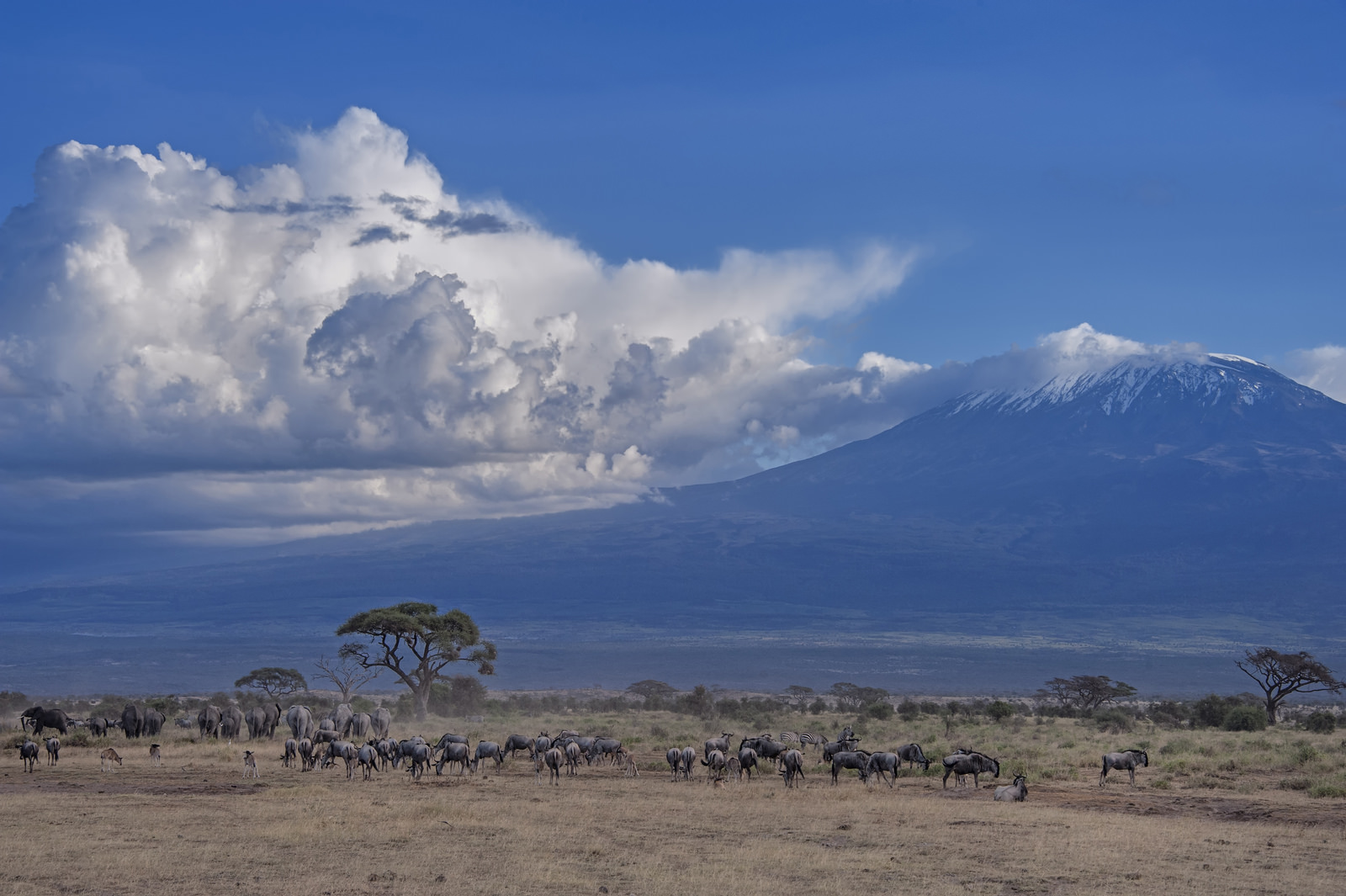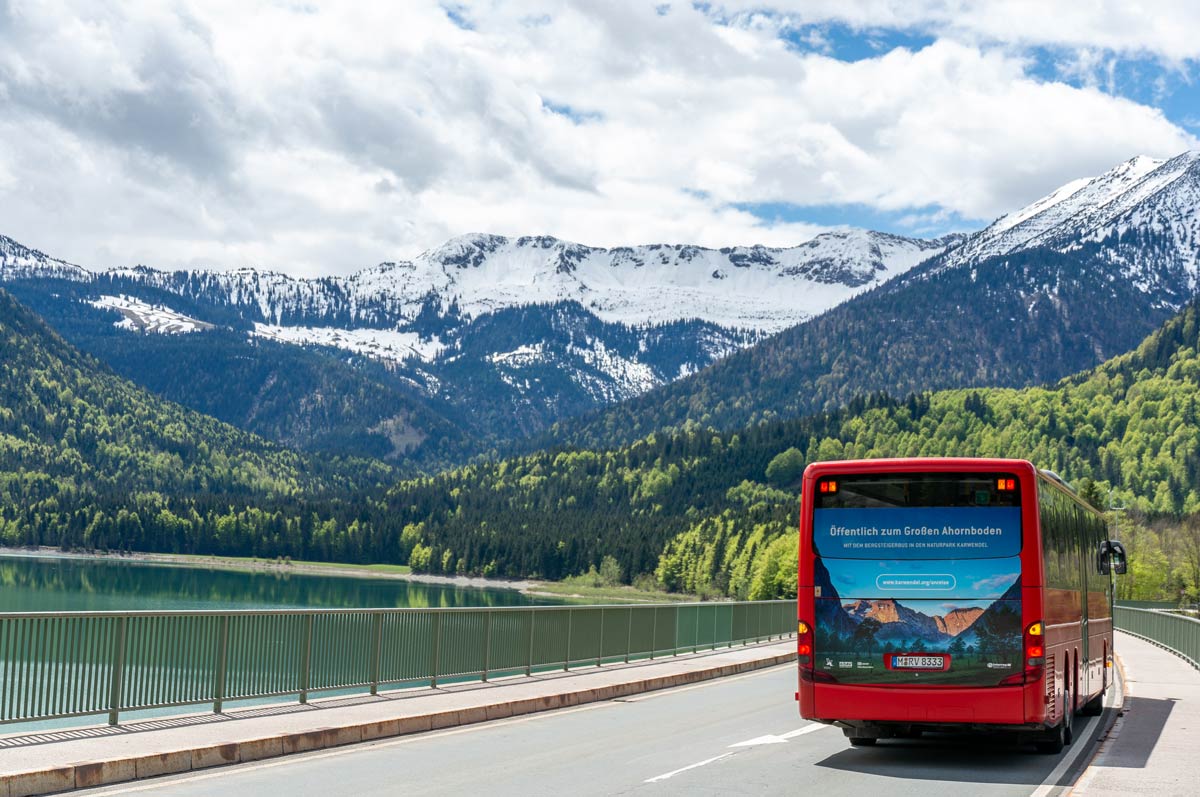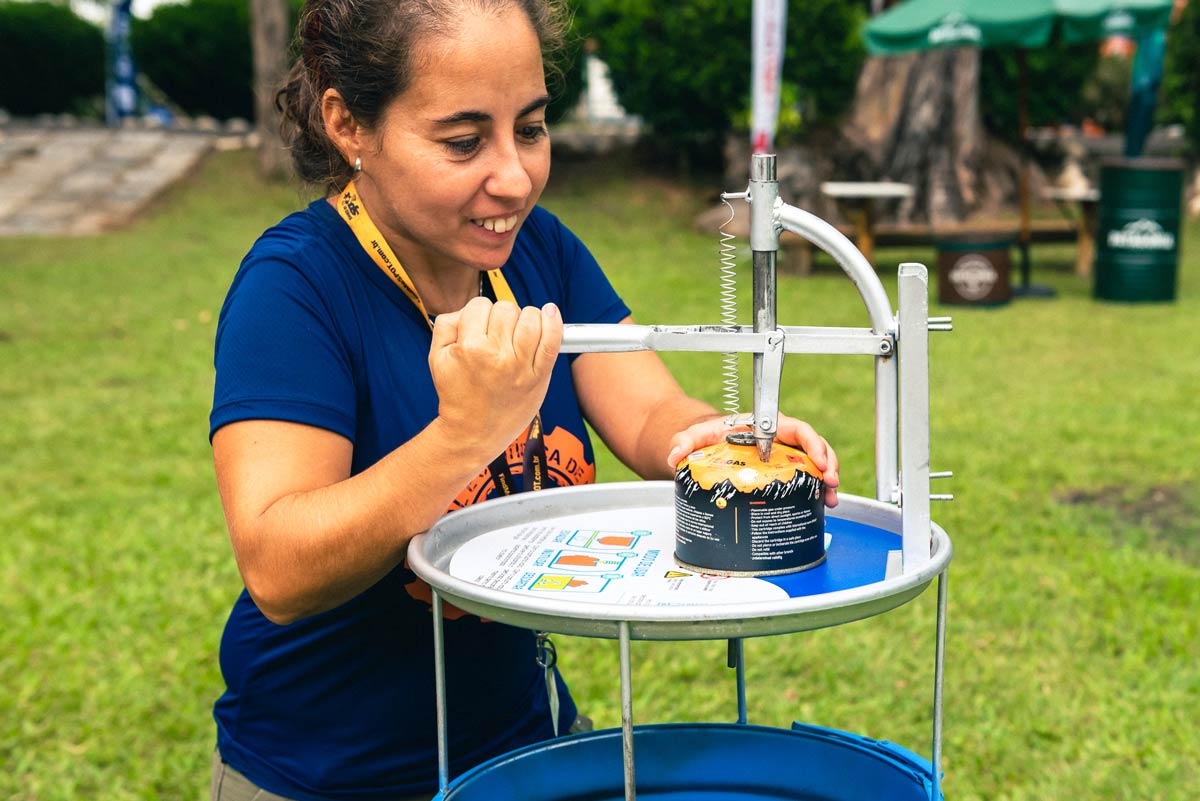In early August, the UIAA published an article promoting a paper produced by its Medical Commission offering climbers pertinent advice related to avoiding the perils of climbing Africa’s highest, and most famous, mountain.
The following article, produced by a member of the Mountain Club of South Africa (MCSA) and a qualified guide, adds further context to some of the considerations related to high-altitude sickness presented in the UIAA article and paints an overall picture of the complex issues currently facing Kilimanjaro.
The article is titled ‘Why Kilimanjaro is sick’ and was published in South Africa’s Mountain Magazine (March-May 2017) and the mountaineering blog Peak High Mountaineering. The article is by Gavin Raubenheimer.
Why Kilimanjaro is sick
Take a read of this before you book your long awaited Kili expedition and realise how sick the system is that you and I have contributed to.
Climbing Kilimanjaro, Africa’s highest peak, must be the most perverted mountain experience on the continent and perhaps in the world. The system and the experience are rotten and it starts from the top with the Tanzanian authorities, both the Kilimanjaro National Park and their government bosses. It works like this; tourists, hikers and climbers started to visit the mountain, with increasing numbers since the early 1990s causing the fees to go up, all in US Dollars. The authorities have just kept pushing up the fees to staggering amounts per day. When all told, between park fees, camping fees and rescue levies, it costs about US $136 per day, per person, or US $820 for 6 days. If one looks at the prices the guiding companies charge, you will notice that a 6-day trip will cost about US $1300, meaning more than half the cost is spent on the park fees. This leaves about US $400 for the guiding company and is then presumably split between the owners, guide and porters.
It begs the question, where are those Dollars going, of the approximately 25,000 people who visit the mountain annually? One can only guess, as the maintenance of the park itself is certainly not getting the benefit. Basics in conservation, anti poaching, stopping of illegal tree felling are not carried out. What is also disturbing is that the actual park fee costs are very hard to find on the Internet. Customers with guiding companies seldom actually see the money handed over at the park entrances and if they do, it is difficult to work out exactly what is being paid for by the company. But the porters are paid desperately low wages, around US $5 a day. Guides are paid more but still below the poverty line, if judging by the equipment they use and the clothes they wear.
There are some guiding companies charging far higher prices for a 6 or 7-day trip, as much as US $6000 per person. This fee is not going into paying porters and guides better, its going into things like bottled water, portable showers, chairs and tables, which are carried on the backs of desperately low paid porters.
Then there is the other factor of climbing this peak, which is just a few metres shy of 6000 metres. No experienced mountaineer climbs a peak of this height anywhere else in the world in just 5 or 6 days to the summit. If one does, the debilitating and often fatal effects of altitude sickness are very real dangers. So why on Kili are clients being sent up so fast? Probably for three reasons: First and foremost the cost per day is just so high, people cannot afford to sit around acclimatising. Secondly the tour companies have a faster turn around time and lastly they probably don’t know any better.
That lack of knowledge about acclimatization is borne out when one finds out about Kilimanjaro guide training. It entails some years working as a porter and then as an assistant guide. But when an aspirant guide wants to get a license he under goes just two weeks of training. One week of that is mostly getting to know the park rules. Two weeks training! Guides elsewhere take years and many courses before qualifying, but that guide on Kili has just a few days training before being allowed to guide clients.
Lastly, let me point out that a lot of the problems also lie with the clients who come to climb the mountain. Clients are willing to pay the exorbitant prices for a peak, which in world terms is not amazing either from a climbing, floral or geographical point of view. It is only because it is the highest that clients flock there in their thousands. This has resulted in a dirty and disgusting mountain with litter and campsites devoid of vegetation and human waste scattered around the peripheries of most habited areas.
In summary, to climb Kilimanjaro is an expensive undertaking, to climb with guides who rush you up far faster than is usually safe, in an environment, which is overcrowded and dirty and the money is going somewhere and its not into the park nor the porters and guides who work there.
Gavin Raubenheimer,
April 2017



